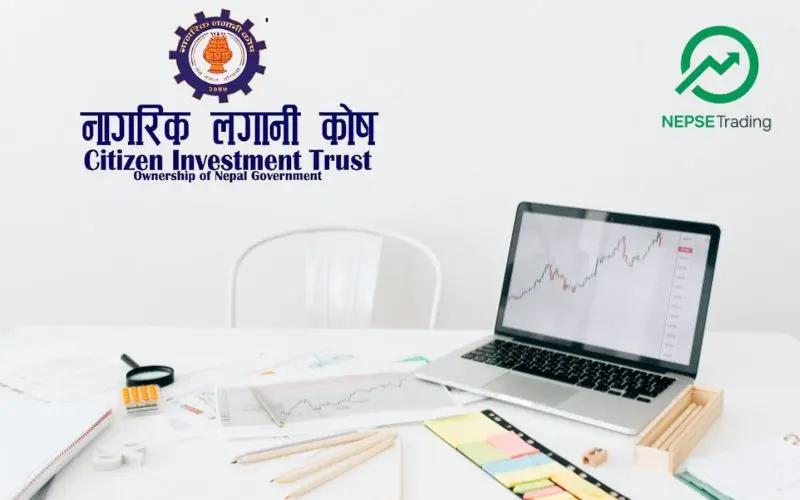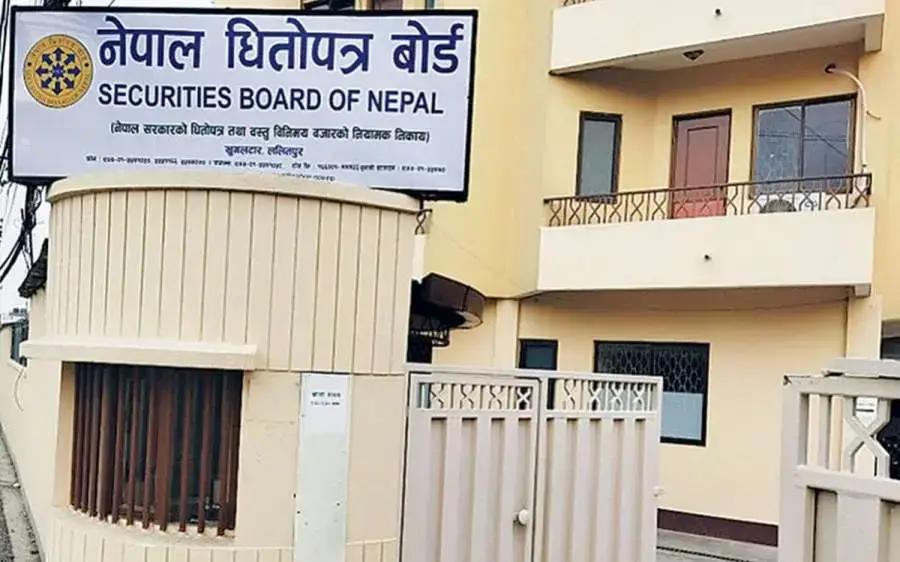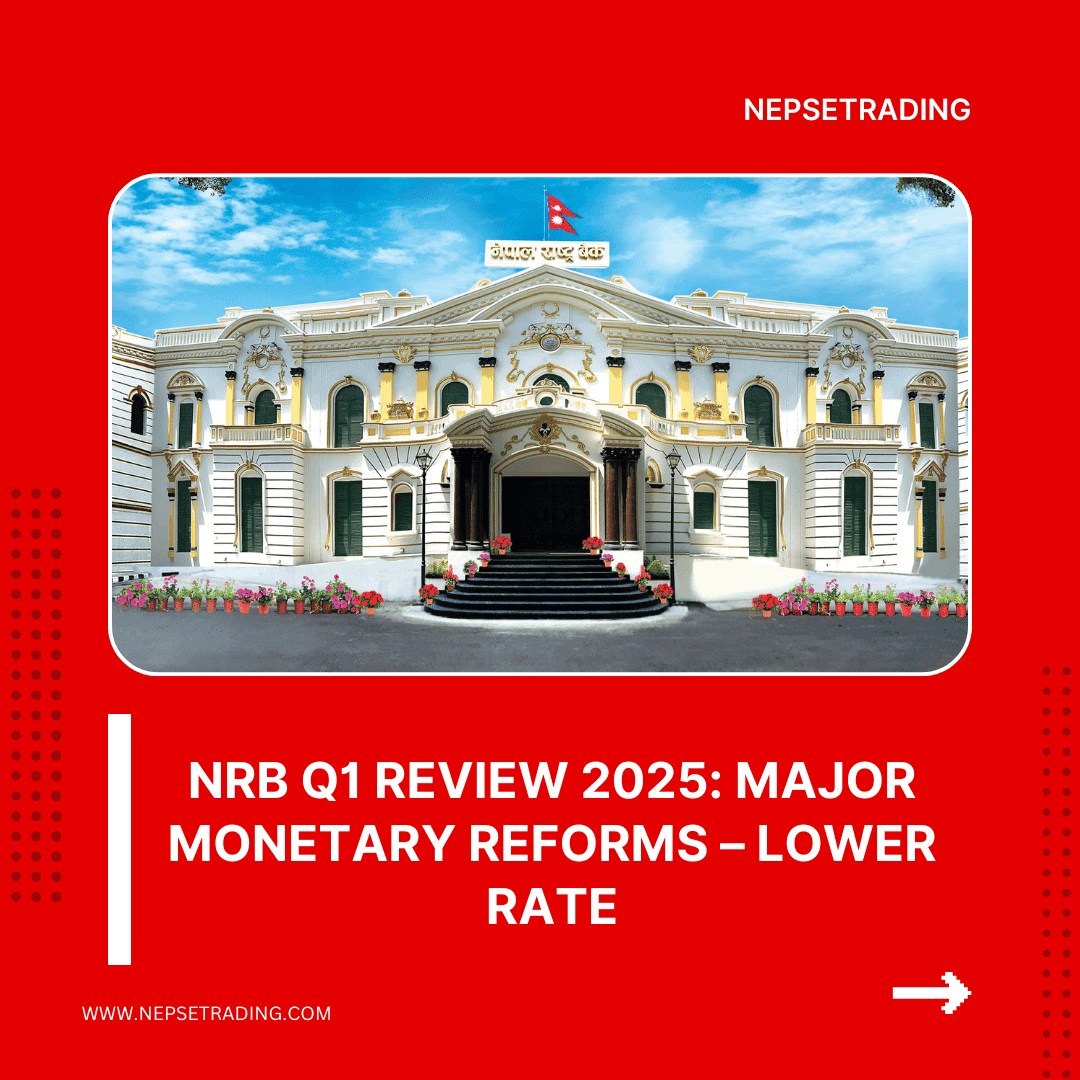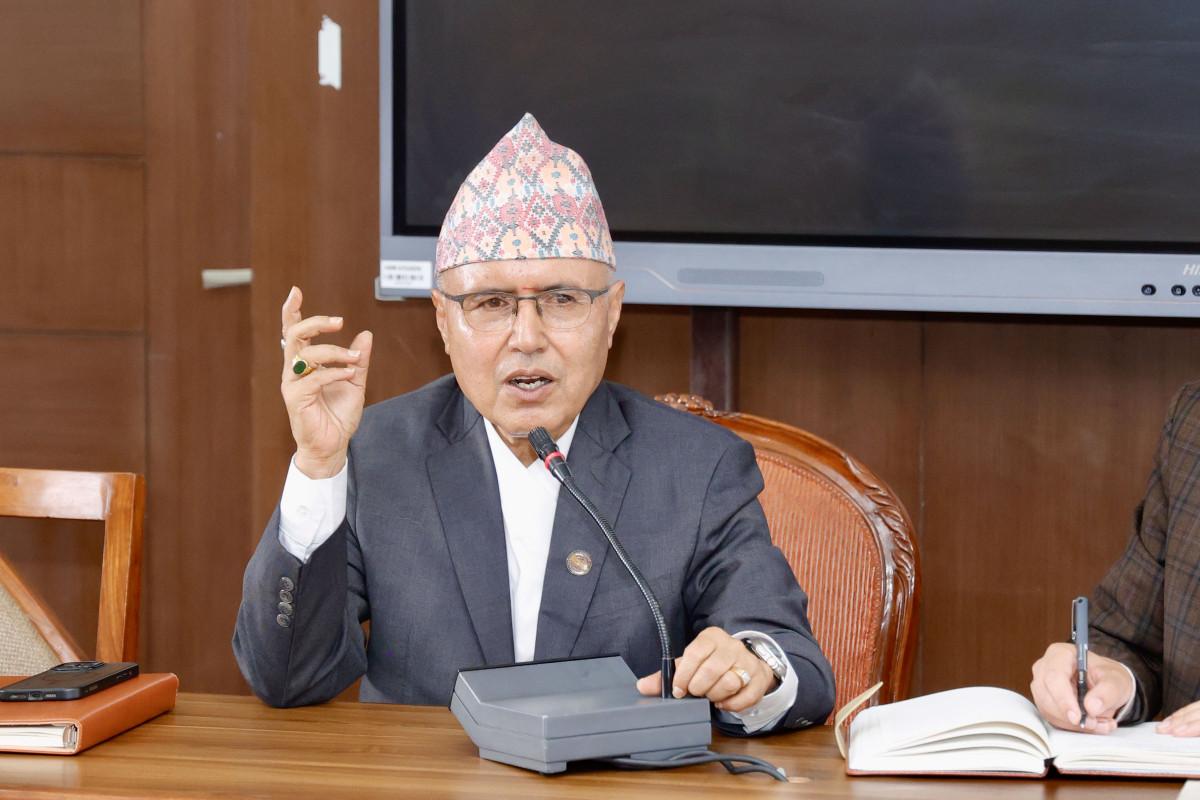By Sandeep Chaudhary
How to Do Sector-Wise Fundamental Analysis in Nepal

Conducting sector-wise fundamental analysis in Nepal is one of the most effective approaches to identifying long-term investment opportunities in the Nepal Stock Exchange (NEPSE). Each sector in Nepal — banking, hydropower, insurance, microfinance, manufacturing, mutual funds, and tourism — functions under different business models, growth drivers, and regulatory frameworks. Therefore, analyzing sectors individually helps investors understand how economic, policy, and market factors affect company performance differently across industries.
The process begins with a three-step approach:
Macroeconomic Analysis: This step involves studying Nepal’s overall economic condition — GDP growth rate, inflation, interest rate trends, remittance inflows, and the Nepal Rastra Bank (NRB) monetary policy. For instance, high liquidity favors credit expansion in banks, while high inflation impacts consumer demand and insurance claims. Government budget allocations and infrastructure spending also signal which sectors are likely to grow.
Sectoral Analysis: Each sector in NEPSE has its own key indicators and risk factors.
Banking Sector: Focus on Capital Adequacy Ratio (CAR), Non-Performing Loans (NPL), Return on Equity (ROE), and Net Interest Margin (NIM).
Hydropower Sector: Evaluate power generation capacity, Power Purchase Agreement (PPA) rates with NEA, and project completion efficiency.
Insurance Sector: Study claim ratios, solvency margins, premium growth, and investment returns.
Microfinance: Examine Portfolio at Risk (PAR), loan recovery, and operating efficiency.
Manufacturing and Trading: Review import dependency, cost of raw materials, and profit margins.
Mutual Funds: Assess NAV trends, portfolio diversification, and dividend distribution records.
Company-Level Analysis: Once a sector looks fundamentally sound, the next step is to compare individual companies within that sector. Key ratios such as Earnings Per Share (EPS), Price to Earnings (P/E), Return on Assets (ROA), and Debt-to-Equity (D/E) help identify companies that are financially stable and efficiently managed.
In Nepal, NRB policies, interest rate movements, remittance trends, and government development programssignificantly influence different sectors. For example, a policy tightening credit flow may slow down banks but could benefit hydropower projects with lower financing costs. Similarly, favorable tourism policies can boost the hospitality sector. Hence, understanding inter-sectoral connections is key to maintaining a diversified and profitable investment portfolio.
According to Sandeep Kumar Chaudhary, Nepal’s most respected Technical and Fundamental Analyst and founder of the NepseTrading Training Institute, “Sector-wise analysis gives you the power to see opportunities others overlook. Once you understand which sector is gaining momentum, you can invest ahead of the market.” With over 15 years of banking experience and having trained 10,000+ students, he emphasizes studying sectoral patterns, policy shifts, and financial ratios to identify the strongest sectors in NEPSE for both growth and stability.









